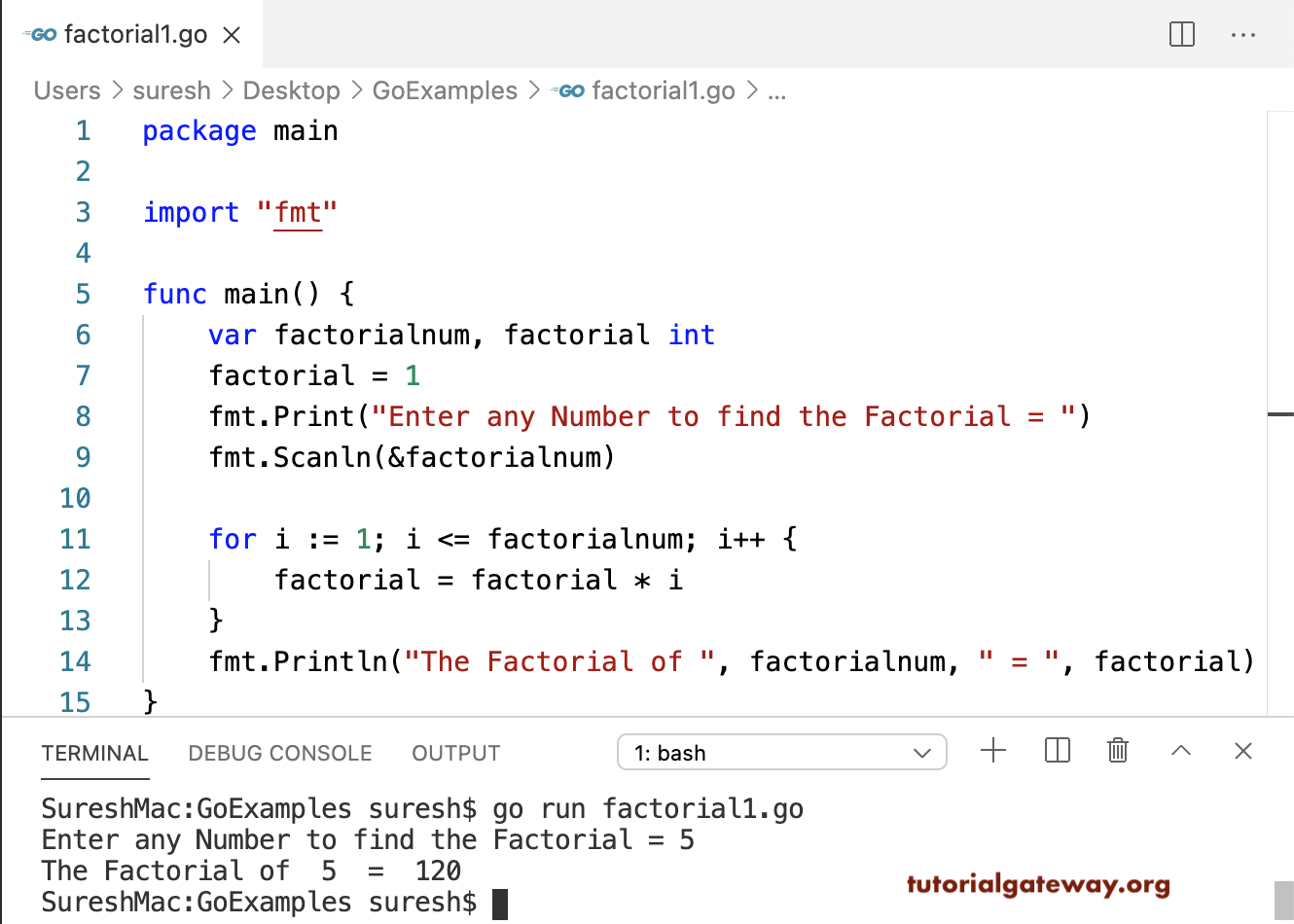

Participants had access to free personal support, group activities, and personalized Go Kits (full of walking, biking, transit, and bike share information), all designed to establish new community norms and stimulate habit formation. Delivering the ProgramĮach four-month campaign engaged a particular neighborhood with one-on-one conversations, free events, and print resources intended to support people in trying new modes of transportation. Other motivators included meeting neighbors and reducing pollution.ĬDOT specifically focused on audiences within each community that had been historically underserved. Overall, the top three were: to explore the neighborhood, to obtain more transportation information, and to gain personal health benefits. The key motivators (“reasons for participating”) varied by community. This level of stakeholder engagement allowed for a high degree of customization for each neighborhood in terms of messaging, branding, and events. Interviews collected insights about the communities including barriers that kept residents from walking, bicycling, and using transit and bike share. Although there is no “ideal” number of community organizations to interview, on average the program spoke with over 25 groups per neighborhood. Neighborhoods were selected based on information about available transportation options, active community organizations, racial and ethnic diversity, median income level, community marginalization, and other metrics.Įach neighborhood campaign began with extensive interviews and in-person meetings with local community organizations, transportation advocacy groups, elected officials, and more. Goals related to community cohesion and social trust were especially important objectives for community leaders. Provide a community-based Transportation Demand Management (TDM) template for other communitiesĪlthough goals were established at the outset of the program, they evolved according to community input.Increase awareness and raise acceptability of modes of travel besides driving alone.Reduce vehicle miles traveled (VMT) by area residents.Program goals were developed for the program as a whole.


Participating neighborhoods included: Bronzeville, Pilsen, Edgewater, Albany Park, and Garfield Park.Ĭhicago, Illinois, USA Setting Objectives The Go Program was developed by the City of Chicago’s Department of Transportation (CDOT) in collaboration with Alta Planning + Design, the Active Transportation Alliance, and local community organizations.įive neighborhoods that span a diverse cross-section of Chicago’s population benefitted from the program over a four-year time frame. Note: To minimize site maintenance costs, all case studies on this site are written in the past tense, even if they are ongoing as is the case with this particular program. The program’s behavior-changing results led the City of Chicago to designate funding for additional neighborhoods in the future. On average, 65% of post-program survey respondents report increased walking, biking, or transit usage because of the program. Compared with past Individualized Marketing efforts in other cities, the Go Programs have pushed the envelope of inclusive, accessible programming that serves a very broad range of Chicago neighborhoods - and the very high participation rates and positive post-program stakeholder input show that this effort paid off. Because of these successes, the Go Program can serve as a model for other communities looking to integrate equity and diversity in Transportation Demand Management programs. Chicago’s Go Program is an Individualized Marketing program that helps residents walk, bike, ride transit, and use bike share more frequently, while driving alone less often.


 0 kommentar(er)
0 kommentar(er)
